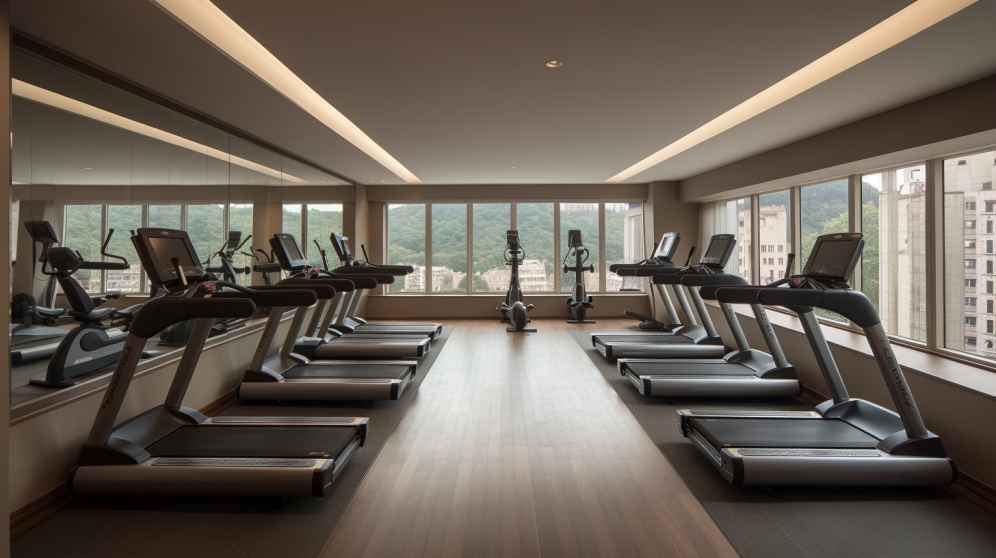In today’s world, it’s becoming increasingly clear that being prepared for disasters and emergencies is essential. Whether it’s a natural disaster, a terrorist attack, or a pandemic, we need to be ready for anything that might come our way. And one of the most critical aspects of preparedness is physical health.
In this article, we will explore the importance of physical health for survival preparedness. We will look at why being physically fit is so crucial, what types of exercises and training can be helpful, and how to build a fitness routine that will improve your chances of survival during an emergency.
The Link Between Physical Fitness and Survival Preparedness
When it comes to preparing for disasters and emergencies, many people focus on stockpiling supplies like food, water, and medicine. But while these things are undoubtedly important, they are not the only things that matter. Physical fitness is another critical factor that can greatly improve your chances of survival.
There are several reasons why physical fitness is so important for survival preparedness. For one thing, being physically fit can help you avoid injury during a disaster. Whether you’re running from a natural disaster or fighting off attackers during a terrorist attack, being in good physical condition can help you move quickly and avoid danger.
Another reason why physical fitness is so important is that it can help you build strength and endurance. In an emergency situation, you may need to lift heavy objects, climb stairs or hills, or walk long distances. Having a strong and healthy body will make these tasks much easier, allowing you to conserve energy and stay focused on survival.
Types of Exercises and Training for Survival Preparedness
So what types of exercises and training should you focus on if you want to improve your chances of survival during an emergency? The answer depends on several factors, including your current fitness level, your age, and your specific goals.
In general, however, there are a few key types of exercises that are especially helpful for survival preparedness. These include:
- Strength training: Building muscle strength is essential for lifting heavy objects and performing other physically demanding tasks.
- Cardiovascular training: Improving your cardiovascular fitness will help you build endurance and stamina, making it easier to walk long distances or run for short periods.
- Balance and agility training: These types of exercises can help you avoid falls and other injuries, which can be especially important during a disaster when medical care may be limited.
Building a Fitness Routine for Survival Preparedness
So how can you build a fitness routine that will help you prepare for emergencies and disasters? Here are a few tips to keep in mind:
- Start slowly: If you’re new to exercise, start slowly and gradually increase the intensity and duration of your workouts.
- Be consistent: Aim to exercise regularly, ideally at least three to four times per week.
- Mix it up: Incorporate a variety of exercises into your routine, including strength training, cardiovascular training, and balance and agility training.
- Make it fun: Choose activities that you enjoy, such as hiking, swimming, or martial arts.
- Stay motivated: Set goals for yourself, track your progress, and reward yourself for meeting milestones.
The Benefits of Physical Fitness for Survival Preparedness
Not only can physical fitness help you avoid injury and build strength and endurance, but it also has several other benefits that can be especially important during an emergency or disaster situation. If you are out of shape, consider some of the natural and legal steroids on the market as a way to jump start your health and fitness.
For example, being physically fit can help you manage stress and anxiety. When you’re in good physical condition, your body is better equipped to handle the physical and emotional stress that often accompanies a disaster or emergency.
In addition, physical fitness can improve your mental clarity and decision-making abilities. When you’re fit and healthy, you’re more likely to think clearly and make good decisions under pressure, which can be crucial during an emergency.
Finally, physical fitness can also help you build a sense of community and social support. When you exercise regularly, you may meet new people who share your interests and goals. These connections can be especially important during a disaster, when social support can be crucial for survival. It’s also worth investigating the ice hack diet.
Conclusion
In conclusion, physical fitness is a crucial component of survival preparedness. By building strength and endurance, reducing the risk of injury, managing stress, and improving mental clarity and decision-making abilities, physical fitness can greatly improve your chances of surviving during an emergency or disaster.
If you’re not already focusing on physical fitness as part of your preparedness efforts, now is the time to start. Whether you’re new to exercise or already in good shape, there are plenty of ways to incorporate fitness into your routine and prepare your body and mind for whatever challenges lie ahead.
Remember, the key is to start slowly, be consistent, mix up your workouts, and have fun. With the right mindset and a commitment to physical fitness, you can improve your chances of survival and give yourself and your loved ones the best possible chance of making it through a disaster or emergency.
